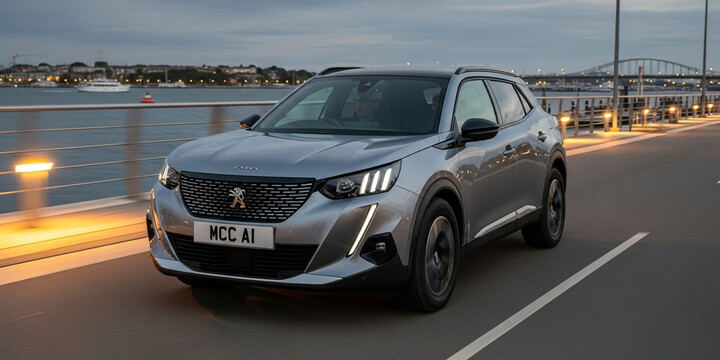
PEUGEOT E-2008 (2023-)
The PEUGEOT E-2008 (2023-) is a compact electric SUV that's become increasingly popular in the UK market, especially for those seeking an eco-friendly, stylish, and practical vehicle. As a small SUV, the E-2008 combines the versatility and commanding stance of an SUV with the efficiency of an electric powertrain, making it ideal for urban driving, daily commuting, and small family adventures. Its modern design, user-friendly features, and quiet, smooth drive have attracted a wide range of drivers, from city dwellers and first-time electric vehicle buyers to families looking for a reliable and efficient car.
What makes the PEUGEOT E-2008 stand out in its class is its attractive price point—average private sale values sit around £20,419—and its low mileage, with typical recordings around just 5,478 miles, indicating it’s often a newer, well-maintained model. The vehicle is renowned for its sleek design, comfortable interior, and ease of driving, making it a strong competitor among other compact electric SUVs like the Nissan Juke E-Power or the Hyundai Kona Electric. For anyone considering a used electric vehicle, the PEUGEOT E-2008 (2023-) offers a compelling blend of style, practicality, and eco-conscious performance, ideal for those looking to make a smooth transition into electric driving.

average use
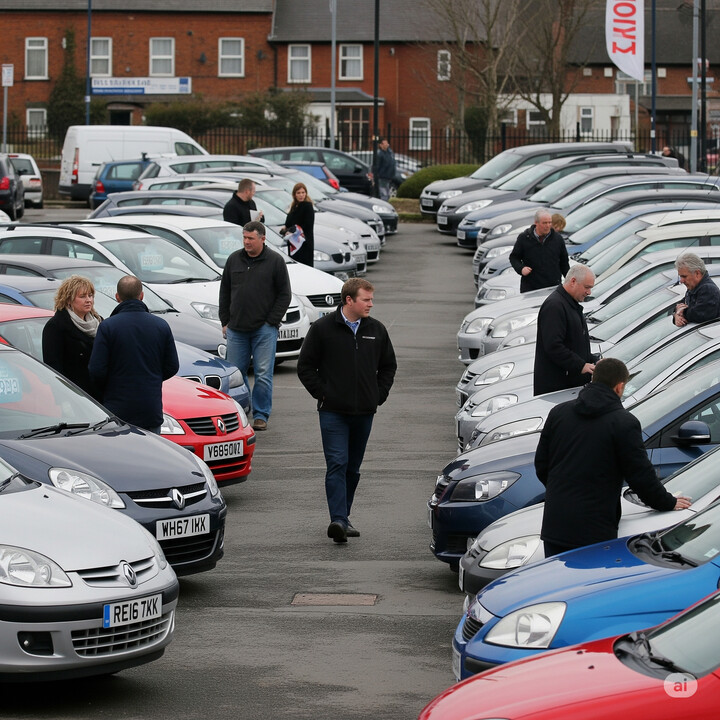
The data indicates that all of the most recently recorded mileage readings for the sampled PEUGEOT E-2008 (2023-) vehicles are within the 0 to 10,000 miles range. This suggests that these vehicles are relatively new and have low mileage levels, which could be appealing to buyers seeking nearly new electric vehicles.

vehicle values
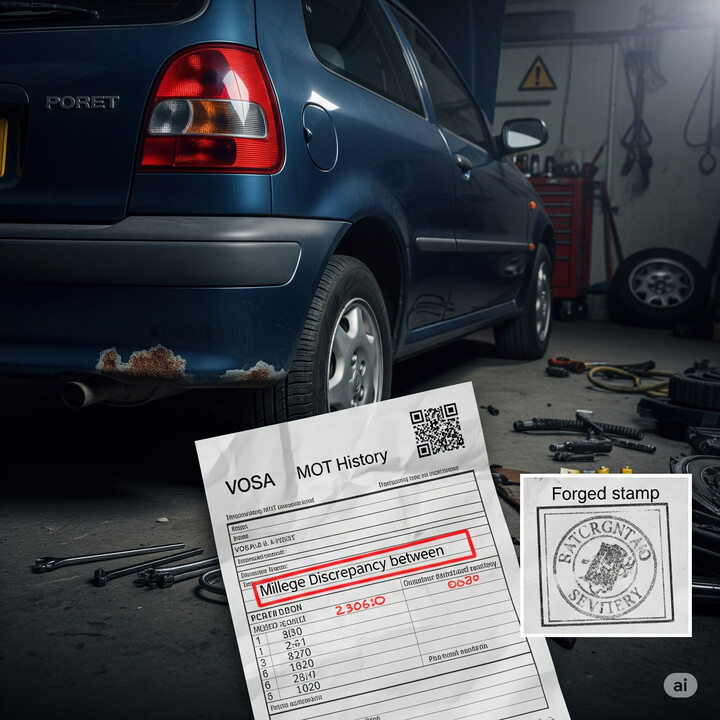
The data shows the distribution of private sale prices for the Peugeot e-2008 (2023), highlighting the most common price ranges. The most frequent valuation falls between £19,000 and £20,000, accounting for approximately 25.9% of sales, indicating this is the typical market price for these vehicles. Additionally, the range between £18,000 and £19,000 is also significant at 17.5%, with notably fewer sales at prices above £23,000 or below £15,000. This suggests a relatively concentrated market around the £18,000–£20,000 mark, with decreasing frequency for both lower and higher price brackets. An interesting insight is that over half of the sales occur below £20,000, reflecting the vehicle's pricing dynamics in the private sale market.

production years
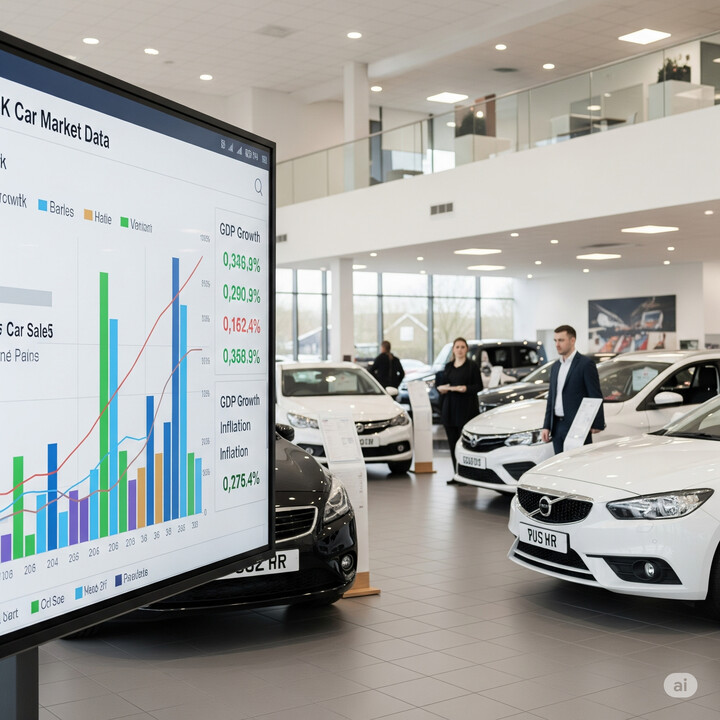
The data indicates that the majority of PEUGEOT E-2008 vehicles in this sample were manufactured in 2024, accounting for 56.1%. Vehicles from 2025 make up 23.3%, while those from 2023 comprise 20.6%. Notably, the highest proportion of vehicles are from the upcoming 2024 model year, with a smaller but significant portion from 2023 and 2025, suggesting a recent surge in manufacturing activity for this model.

colour popularity
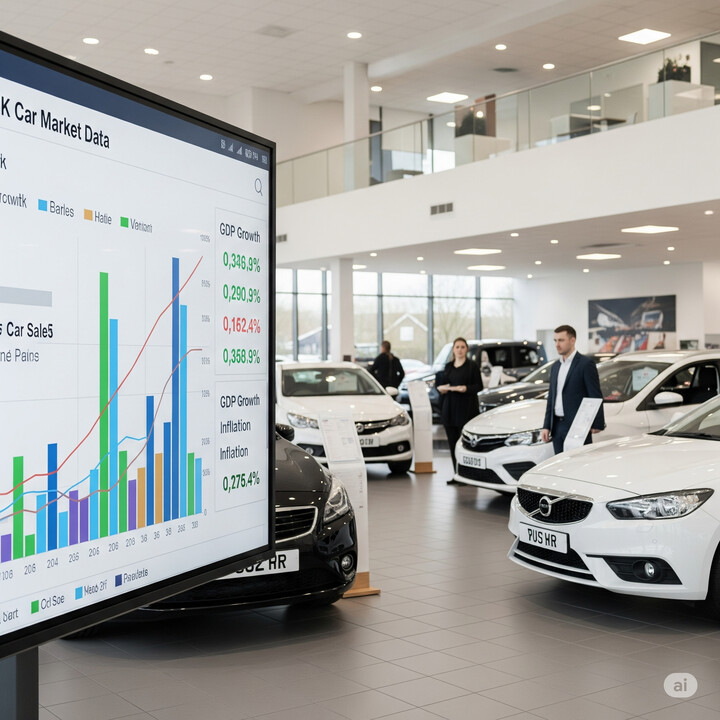
The data indicates that the most common main paint colour for the 2023 Peugeot e-2008 vehicles is grey, accounting for approximately 52% of the fleet. Blue is the next most popular colour, representing about 17%, followed by black at 13%, red at 11%, and white being the least common at just under 8%. This suggests that grey is the dominant choice among buyers or manufacturers, perhaps due to its neutral and versatile appeal.

ownership cycle
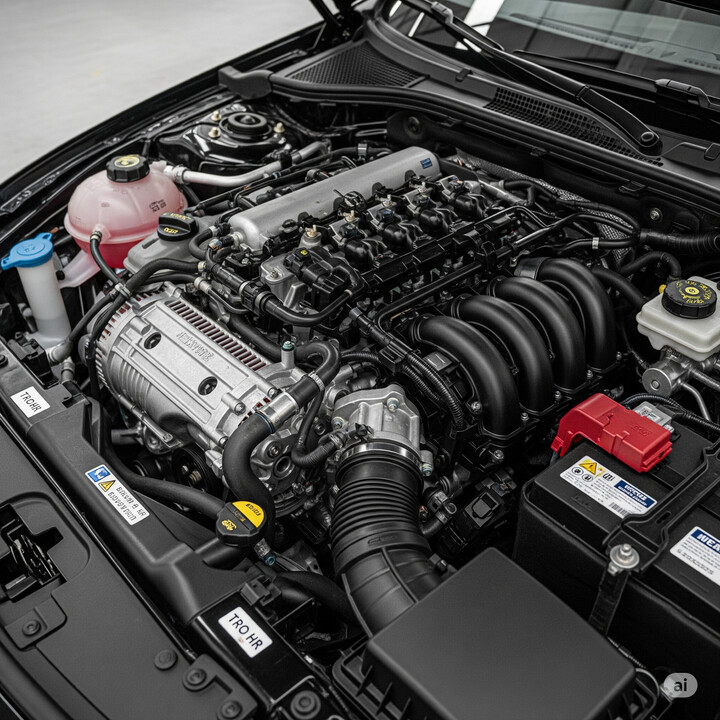
The data indicates that the majority of Peugeot E-2008 (2023-) vehicles are registered to a single keeper, accounting for 86.2% of the sample. A smaller proportion, 11.1%, have had two registered keepers, while only 1.1% have had three or more. Additionally, 1.6% of vehicles have an unspecified number of registered keepers. This suggests that most owners tend to retain their vehicle for a considerable period, reflecting stability in ownership. The relatively low percentage of vehicles with multiple owners also points to a generally consistent ownership pattern within this model.

engine choices

The data indicates that all PEUGEOT E-2008 (2023-) vehicles in the sample are electric, with no available information on engine capacity. This highlights that the model is fully electric, reflecting a shift towards electric mobility, and suggests that engine capacity is not applicable or not relevant for these vehicles.












